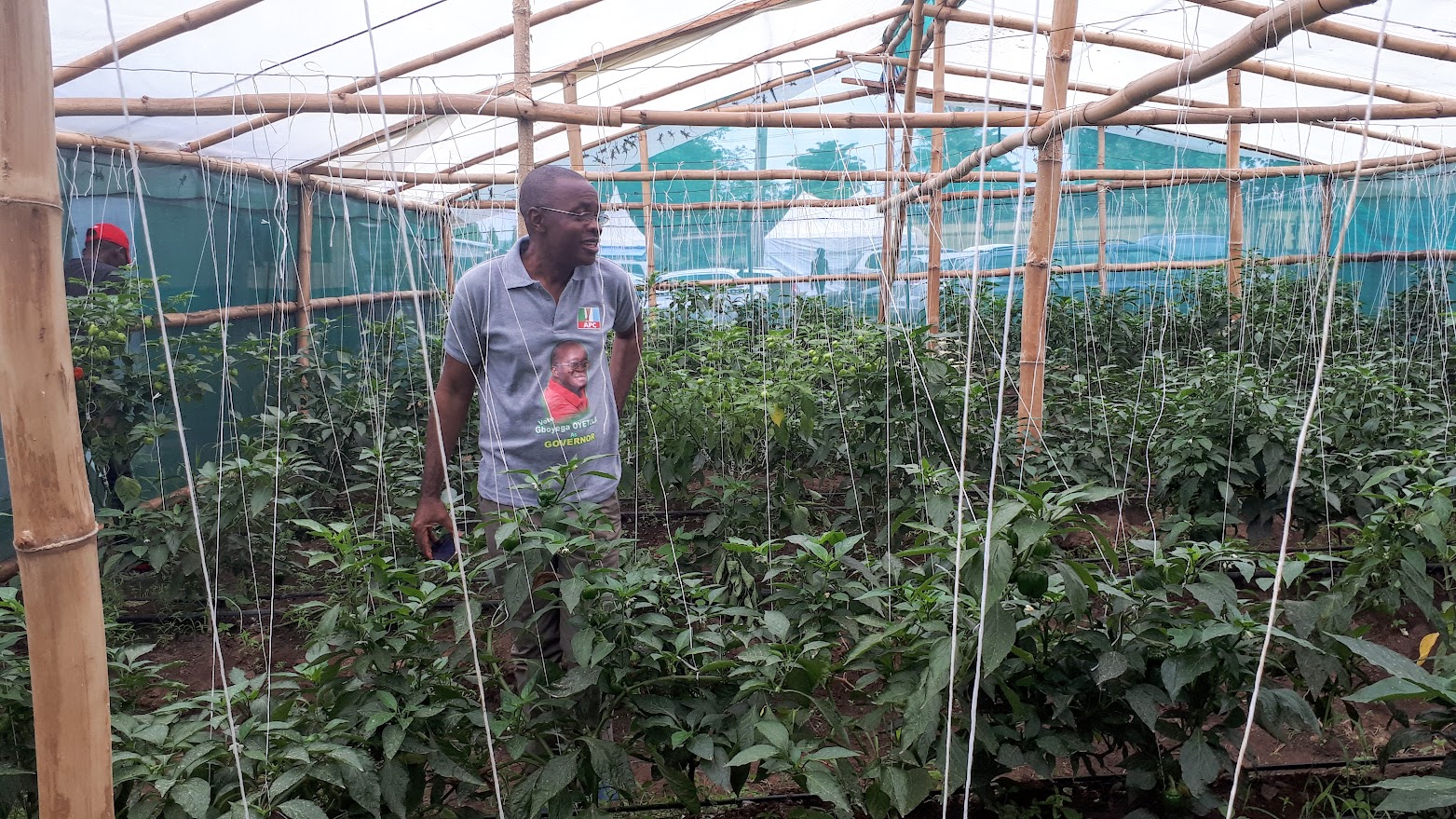
In the heart of Africa, where agribusiness holds the key to economic growth and food security, the story of how a small farm transformed into a thriving business empire is both inspirational and educational. This case study highlights the journey of GreenField Farms, a modest enterprise in Nigeria that, through innovation, strategic planning, and sheer determination, has become a beacon of success for farmers across the continent. This compelling narrative offers valuable lessons and insights for agripreneurs eager to replicate this success.
The Humble Beginnings
GreenField Farms started as a small, family-run operation in Ogun State, Nigeria. Founded in 2010 by Adebayo Olufemi, the farm initially focused on subsistence farming, growing staple crops like maize, cassava, and vegetables. With limited resources and access to markets, Adebayo faced numerous challenges, from unpredictable weather patterns to pest infestations and fluctuating market prices.
The Turning Point
The turning point came in 2014 when Adebayo attended a government-sponsored agricultural workshop. There, he was introduced to modern farming techniques and innovative business strategies. This exposure ignited a spark, and Adebayo realized that with the right approach, his small farm could achieve much more.

Key Strategies for Success
- Adopting Modern Farming Techniques
Adebayo invested in learning and implementing modern farming practices. He adopted crop rotation, organic farming, and integrated pest management, which significantly increased his farm’s productivity and sustainability. By using high-yield and disease-resistant seed varieties, GreenField Farms saw a notable increase in crop output.
- Example: The introduction of improved maize varieties resulted in a 50% increase in yield within the first year, reducing the farm’s vulnerability to pests and diseases.
- Diversification
Understanding the risks of relying on a single crop, Adebayo diversified his farm’s production. He introduced poultry farming, beekeeping, and fish farming, creating multiple streams of income. This diversification not only stabilized the farm’s revenue but also maximized the use of available resources.
- Example: By integrating poultry farming, the farm benefited from the additional income from egg sales and organic manure, which improved soil fertility for crop production.
- Embracing Technology
GreenField Farms embraced technology by using mobile apps for farm management and market access. Adebayo used an app to monitor weather conditions, manage crop schedules, and track expenses. He also leveraged social media platforms to market his produce, reaching a wider audience and securing better prices.
- Example: Utilizing an Agritech app, Adebayo could predict weather changes and plan his planting and harvesting schedules accordingly, reducing crop losses due to unexpected weather events.
- Building Strategic Partnerships
Adebayo formed strategic partnerships with local cooperatives, government agencies, and non-governmental organizations (NGOs). These partnerships provided access to funding, training, and new markets. Collaborating with a local cooperative, GreenField Farms accessed bulk purchasing discounts on inputs and better negotiation power in the market.
- Example: Partnering with the Nigerian Agricultural Insurance Corporation (NAIC) provided the farm with crop insurance, mitigating risks associated with adverse weather conditions.
The Results
By 2018, GreenField Farms had transformed from a small subsistence operation into a robust agribusiness. The farm expanded its land area, increased its workforce, and boosted its annual revenue by over 300%. The success of GreenField Farms attracted attention from local media and agricultural organizations, positioning Adebayo as a role model for other farmers.
Impact on the Community
GreenField Farms’ success had a ripple effect on the local community. The farm provided employment opportunities, reducing local unemployment rates. Adebayo also initiated training programs for neighboring farmers, sharing his knowledge and experience to help them improve their practices and yields.
– Example: The farm’s training programs have empowered over 200 local farmers, improving their productivity and livelihoods.
Lessons Learned
The journey of GreenField Farms offers several key lessons for aspiring agripreneurs:
- Continuous Learning: Stay updated with modern farming techniques and be willing to adapt and innovate.
- Diversification: Reduce risks by diversifying your farm’s production.
- Technology Integration: Use technology to improve farm management and market access.
- Strategic Partnerships: Leverage partnerships for funding, training, and market expansion.
Conclusion
The story of GreenField Farms is a testament to the potential of small-scale farming in Africa. With determination, strategic planning, and a willingness to embrace change, small farms can evolve into thriving agribusinesses. For readers in Nigeria and across Africa, this case study is a compelling call to action: invest in your farming knowledge, diversify your practices, embrace technology, and build strong partnerships. The path to transforming your small farm into a big business starts with these essential steps.
Start your journey today and be part of Africa’s agribusiness transformation. Your success story awaits!

